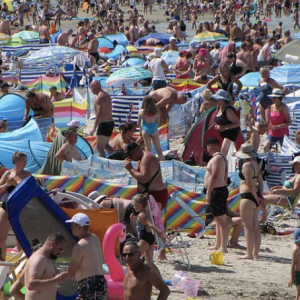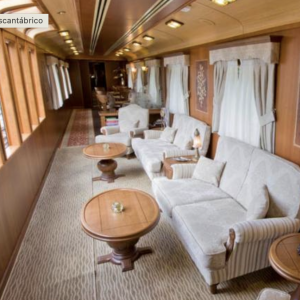If you’re heading off to the Costa del Sol this summer and have not yet decided where you’d like to stay, then you might like to consider a trip to the beautiful and picturesque hill village of Frigiliana. Frigiliana is the archetypal ‘Andalusian ‘White Village’ and the perfect place for a relaxing villa holiday. If you want to escape the hustle and bustle of home and spend quality time in beautiful surroundings, then Frigiliana could be just right for you.
Located seven kilometres north of Nerja, and perched high on a ridge in the Almijara, Tejeda and Alhama mountains, Frigiliana is perhaps the most scenic and photographed white village in Andalusia. Frigiliana is located 300 metres above sea level and built on the side of a mountain. This beautiful hilltop village has views that few other destinations could dream of matching. The old historical Moorish centre of Frigiliana is made up of a labyrinth of narrow, winding streets and alleyways. It’s a great place to explore and stop off at one of the many small shops, tapas bars and bodegas.
What to see?
Casa del Apero
The Casa del Apero is an early XVII Century building probably linked to the El Ingenio sugar mill and serving as a storage facility as well as a stables for the animals. It is constructed on two levels with a rectangular courtyard in the centre. The building was restored in the 1990′s and now houses the Tourist Office, Municipal Library, Historical Archives, an Exhibition Hall and the Historical Museum.
Iglesia de San Antonio de Padua
The Iglesia de San Antonio de Padua, patron saint of Frigiliana, was built in 1676 and then refurbished a century later. The wooden gate was made by Bartolomé de la Cruz Arjona, a native of Córdoba but long-time resident of Frigiliana. The interior of the church has three naves separated by pilasters and covered by a wooden roof. The height of the transept is increased by means of a dome with lantern. The church also houses a painted wooden carving of San Antón from the eighteenth century.
Ingenio Nuestra Señora del Carmen
The building dates back to the late XVII Century and was originally a manor house for the Manrique de Lara family, Lords of Frigiliana from 1508. Built in the Renaissance style, it actually used a lot of surplus materials lying around at the time, borrowing materials from the ruins of the Arab castle on the hill. There are two niches in the facade, consecrated in the names of San Raimundo and the Virgen del Carmen. It became a sugar mill latterly and is now the only active cane honey factory in Europe and still using many of the traditional methods of manufacture.
The 12 plaques
One of the major events in the history of Frigiliana occurred in 1569 with the final expulsion of the Moors from their last stronghold in the Axarquia. The battle was fought on the hilltop of ‘El Fuerte’ and the history of this event is told in a series of 12 ceramic plaques located throughout the village. The text is in the old Castilian language. The texts were compiled from historical accounts of the battle for Frigiliana and give an idea of the struggle between the Moors and Christians in the municipality.





